When it comes to the topic of website errors, there are a lot of different perspectives. Some people believe that they should fix every error as soon as possible, while others believe that some errors should be left alone so they can accumulate and give us an idea about what is wrong with our site. In this blog post, we will explore both sides of this debate by discussing common website errors and how each group approaches them.
Website errors can be frustrating, but don’t have to stop from having a successful site. the team has found ways for webmasters and developers alike to fix these annoying bugs so the customers are not left in despair!
HTTP Errors
It is always better to be prepared for the worst when it c omes time to troubleshoot internet browser errors. However, there are some that should only prompt an experienced user with deep knowledge about their software stack and server setup in order get things back up running again quickly! This includes one specific error message – “The webpage cannot continue” or something equally vague but not entirely unexpected like this– because without knowing what caused them specifically beforehand, you’ll have no other choice than to dig through endless lines of code on both ends before figuring out how best proceed from here ̶ whether fixing these type fixable problems by rolling backing changes made during updates; reinstalling failing programs, etc…You might even encounter a message that tells you that the website encountered an unexpected error please try again later.
Problems with the Server
You may never have a problem with your website if you pay attention to the server’s settings and don’t delete any vital files. If one gets corrupted, this can lead to errors on page- loading times as well as traffic loss because users will get redirected elsewhere in accordance with their request (or 404).There is also an occurr ence where certain configuration details could be forg otten which causes problems such as Website Redirects or even forgetting about adding new domains at all! For Apache, it is almost always the same thing for removing Website Design Feedding add-on domains. This is why it is so crucial for you to understand how your server software works so that you can figure out how to solve the errors when they inevitably arrive.
Faulty CDN Server
Content delivery networks are a fantastic way to make your site load much faster. They can reduce the amount of time it takes for visitors to see w hat they came in search of, and when all is said and done; users will stay on board much longer because there wasn’t any need to wait around before getting into things! CDN’s offer many benefits over traditional hosting services- one major advantage being their ability to reload websites quickly after an error message pops up instead of having people leave due to long loading screens
CDNs provide significant performance improvements by distributing assets across servers located near
clients so that even if some fail or become backlogged with data requests from other sites using this technology (like Google), The main problem with this is we usually don’t get anything specific,
and that is what makes them so difficult to spot and solve. However, there are certain scientific methods you can use to fix errors with your website.
SEO Implications of Website Errors
The worst thing that could happen if you don’t prepare for these things is your website. Websites are constantly down, people will get frustrated and leave the site without coming back again – this means fewer visitors which can hurt rankings in future searches by Google users looking for businesses like the good reviews/yellowness, etc. Additionally, if there are any SEO penalties then they’ll take effect hurting even more so remember: “if it relies on SEO traffic watch out!”
Security and DDOS Issues
A denial of service attack is not an example of malware or exploitations normally, but it can be problematic for your server’s configuration. You might also see flood traffic due to the viral nature of some websites; think about how many times people have watched a cat video and couldn’t close their browser tab! This means that need robust website security with associated hardware/software in order to prevent these types of attacks from happening on the site too – even when something else like DDoS (distributed DOS).
Errors Based on the Web Server Used
One thing about having errors on your website is that it can depend upon the server. The actual software used could make all of the difference in whether or not there are any problems with what you’re doing, and how often they happen. This might be because HTTP (the protocol) isn’t ironclad; but instead relies heavily on implementation–which means if something goes wrong using this part then chances are high other parts will too like images taking forever to load etcetera
DNS Lookup Problems
Many people overlook problems that arise from DNS misconfiguration, but if they have errors on the website or server it’s most likely because they need to be flushed. A major problem with these caches is when records don’t update after the address has changed- which means visitors may not be able to search properly anymore! To fix this issue just flush out their cache by following some simple steps:
1) Navigate over settings/preferences until locating the “DNS” tab; 2). Click the Advanced Settings button below the Primary Zone Label field (next slide); 3). Change MX Records setting under Server Responders subsection into the Pointing Nameservers section containing 5 addresses one per line.
For more info visit us at nationalwebsitedesigns.com

